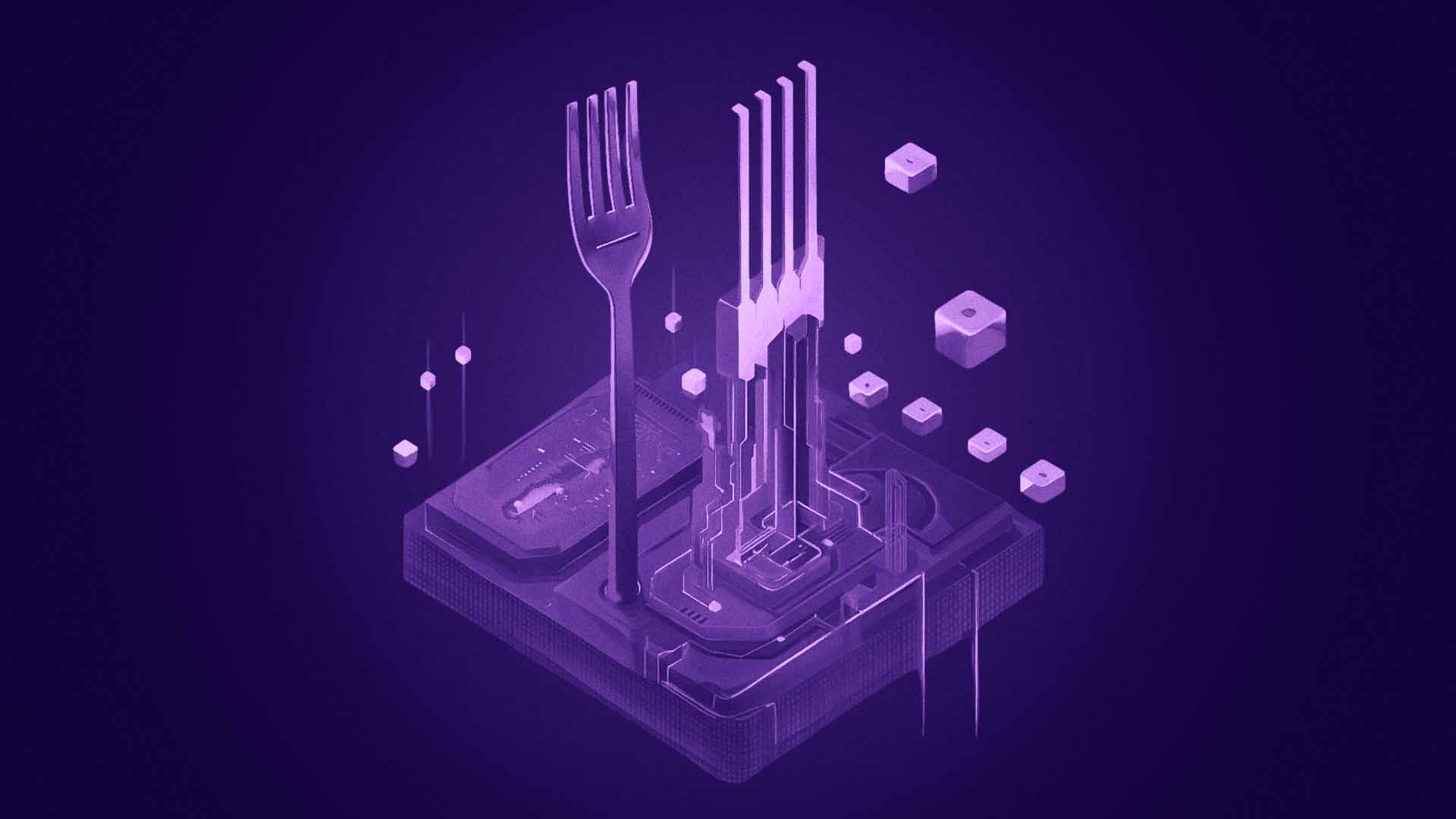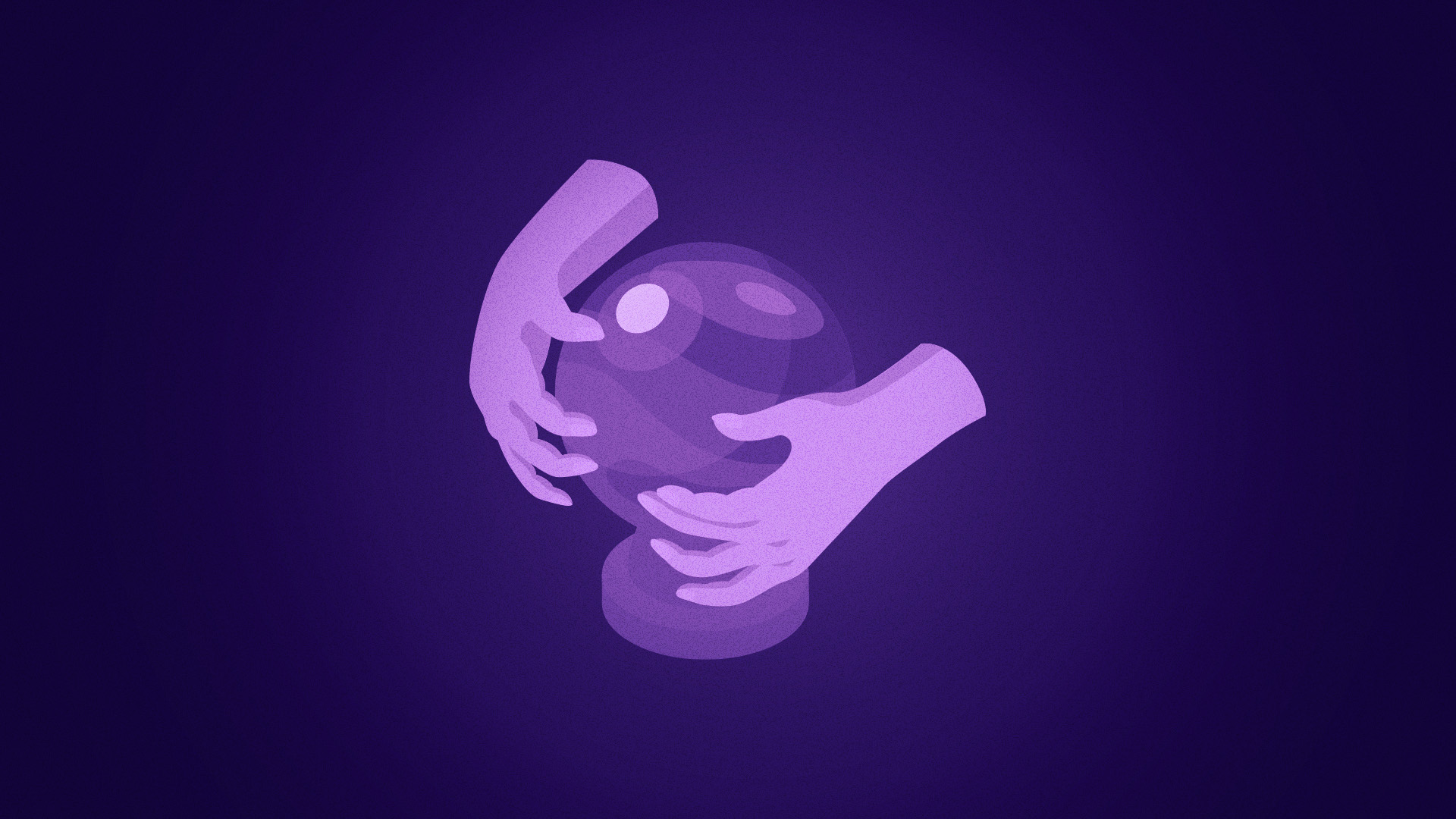Forks are critical to the evolution of blockchain networks. They occur when a blockchain’s code requires changes to introduce upgrades, resolve issues, or address differences within a community. Forks ensure blockchains remain adaptable, secure, and functional in a rapidly evolving digital landscape.
There are two main types of forks: hard forks and soft forks. While both modify a blockchain’s protocol, they differ in how they implement changes and affect network participants. Understanding these differences is essential for navigating blockchain ecosystems and making informed decisions about their use and development.
What Is a Blockchain Fork?
A blockchain fork occurs when the blockchain’s underlying protocol changes, creating a divergence in the chain. This split happens because participants in the network adopt different versions of the software, leading to two possible paths: the original chain and the updated chain.
Forks are intentional and often serve to upgrade the network, fix bugs, or resolve disagreements within the community. They play a crucial role in ensuring blockchains can evolve and adapt to new challenges while maintaining decentralization.
Forks can be soft forks, which introduce backward-compatible changes, or hard forks, which create entirely separate chains that are not compatible with one another. Both types reflect the dynamic nature of blockchain technology and its ability to evolve through collective decision-making.
What Is a Hard Fork?
A hard fork is a major, non-backward-compatible change to a blockchain’s protocol. It creates a split in the blockchain, resulting in two separate chains with a shared history up to the point of the fork but diverging paths afterward.
Hard forks occur when there is a disagreement or need for significant updates, such as altering block size, changing transaction rules, or fixing bugs. After a hard fork, participants must choose which chain to support, as the two versions are incompatible with one another.
Key Characteristics of Hard Forks
- Non-Backward Compatibility: Nodes running older software cannot validate transactions or blocks on the new chain.
- Diverging Histories: Activity on one chain has no effect on the other after the fork.
- Intentional or Accidental: Hard forks can result from intentional updates or errors in the blockchain.
Examples of Hard Forks
- Bitcoin Cash (BCH): In 2017, a group of Bitcoin developers disagreed over increasing Bitcoin’s block size from 1 MB to 8 MB to improve scalability. This led to the creation of Bitcoin Cash as a separate blockchain.
- Bitcoin SV (BSV): Bitcoin Cash itself underwent a hard fork in 2018, splitting into Bitcoin Cash ABC and Bitcoin SV due to differences in protocol updates.
- Ethereum Classic (ETC): After the infamous DAO hack, Ethereum hard fork to reverse the attack’s effects. The original chain continued as Ethereum Classic.
Why Hard Forks Matter
Hard forks allow communities to implement major changes and resolve disputes, but they also highlight the challenges of consensus in decentralized systems. They are crucial for blockchain innovation but require careful consideration of their technical and community impacts.
What Is a Soft Fork?
A soft fork is a backward-compatible update to a blockchain’s protocol. It allows nodes running the old software to still recognize and validate transactions or blocks created under the new rules. Unlike a hard fork, a soft fork does not split the blockchain into separate chains, provided most participants upgrade to the new protocol.
How Soft Forks Work
Soft forks modify the rules within a blockchain without creating incompatibility. Nodes that adopt the update follow stricter rules, but those that don’t can still participate in the network, as long as the new rules do not conflict with the old ones. This backward compatibility makes soft forks less disruptive than hard forks.
Use Cases of Soft Forks
- Segregated Witness (SegWit) on Bitcoin: In 2017, Bitcoin implemented SegWit through a soft fork to improve scalability and fix transaction malleability. This update allowed more transactions to fit into each block without changing the block size limit.
- Ethereum’s EIP-1559 Upgrade: Ethereum introduced a new fee model using a soft fork. This update improved transaction fee predictability while remaining compatible with older Ethereum nodes.
Why Soft Forks Matter
Soft forks enable blockchain networks to introduce updates and improve functionality without the risks of splitting the chain. They promote consensus and ensure smoother transitions, making them a preferred method for incremental upgrades in decentralized systems.
Key Differences Between Hard Forks and Soft Forks
| Aspect | Hard Fork | Soft Fork |
| Compatibility | Not backward-compatible. Nodes must upgrade to stay on the new chain. | Backward-compatible. Older nodes can still validate transactions under the new rules. |
| Community Impact | Can split the blockchain, creating two separate communities and networks. | Keeps the community unified, as no chain split occurs if the majority upgrades. |
| Security Implications | Creates a new chain, which may need to rebuild its security and user base. | Strengthens security by introducing stricter rules without fragmenting the network. |
| Adoption | Requires all participants to decide between the old and new chains. | Easier adoption, as both updated and outdated nodes can coexist. |
| Examples | Bitcoin Cash (from Bitcoin), Ethereum Classic (from Ethereum). | SegWit on Bitcoin, EIP-1559 on Ethereum. |
Why Are Forks Important in Blockchain?
Forks are essential for the growth and adaptability of blockchain networks. They address technical challenges, introduce new features, and resolve governance disputes, ensuring blockchains remain secure, functional, and decentralized.
1. Addressing Technical Challenges
Forks help blockchains overcome issues such as scalability, bugs, or vulnerabilities. For example, after the DAO hack in 2016, Ethereum used a hard fork to recover stolen funds and secure the network.
2. Introducing New Features
Soft and hard forks enable blockchains to implement improvements and expand functionality. For instance, Bitcoin’s SegWit upgrade introduced faster transactions without increasing block size, enhancing scalability.
3. Resolving Governance Issues
Forks allow communities to address disagreements over protocol changes. If consensus cannot be reached, a hard fork provides a way for opposing groups to implement their vision, as seen with Bitcoin Cash splitting from Bitcoin in 2017.
4. Maintaining Decentralization
Forks ensure blockchains evolve without central control. Decisions are made collectively, with participants choosing whether to adopt changes or continue with the old protocol.
How Forks Impact Users and Developers
For Users
- Wallet Compatibility
When a blockchain forks, users must ensure their wallets support the new chain. An unsupported wallet can lead to lost access or incorrect transaction handling. After a fork, always update your wallet software to avoid compatibility issues. - Transaction Handling
During a fork, transactions may be delayed or replayed on both chains, creating confusion. Some blockchains implement replay protection to prevent this. Verify transaction details and wait for network stabilization before making significant transactions. - Assets and Token Management
Forks can duplicate your assets on both chains, but this depends on whether your wallet holds private keys. Custodial wallets might not support forked tokens, so confirm with your provider. Non-custodial wallets provide full access to new tokens but may require manual actions like importing keys into the forked chain’s wallet.
For Developers
- Coding Changes
Forks often introduce new protocols, consensus rules, or features. Developers must adapt applications, smart contracts, and APIs to comply with the updated codebase. This might involve rewriting sections of code, ensuring compatibility with the new blockchain logic, or testing against both chains. - Protocol Considerations
Forks split the network into two chains, impacting ecosystem-wide decisions. Developers must determine whether to support the old chain, the new chain, or both. This choice affects maintenance efforts, user experience, and interoperability with other services. - Security Updates and Testing
Developers must account for potential vulnerabilities introduced by the fork. Extensive testing ensures applications function smoothly under the new rules. Implementing replay protection and updating nodes is critical to safeguarding the ecosystem.
Differences Between Hard Forks and Soft Forks(Summary)
Hard forks and soft forks differ primarily in compatibility and network impact. A hard fork creates a permanent split, requiring all nodes to upgrade to the new version for compatibility, often resulting in two separate blockchains. In contrast, a soft fork introduces backward-compatible changes, allowing non-upgraded nodes to still recognize the updated chain. While hard forks are used for significant protocol changes, soft forks are ideal for incremental updates. Understanding these differences helps users and developers prepare for and navigate the changes effectively.











